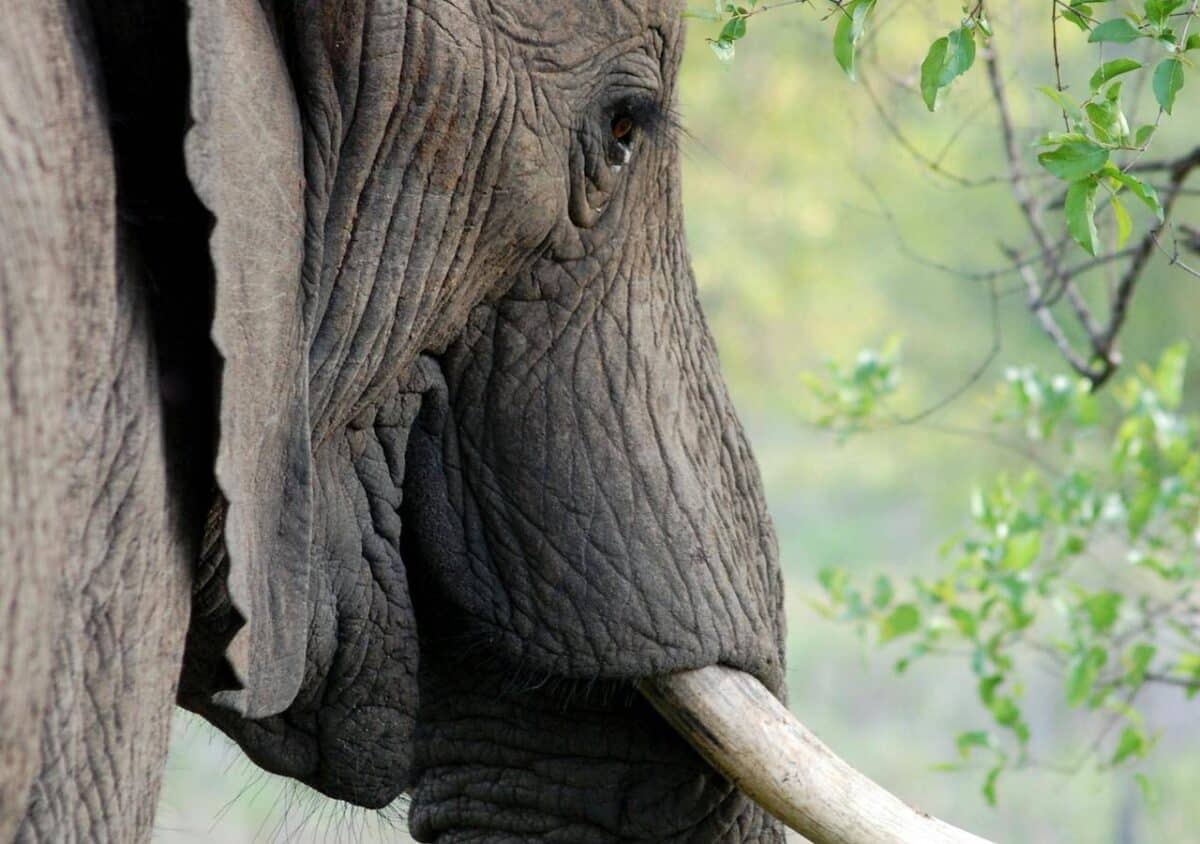Timing is everything when it comes to elephant viewing, and understanding seasonal patterns can transform an ordinary wildlife encounter into an extraordinary experience that creates memories lasting a lifetime. Whether you dream of witnessing massive elephant herds congregating around African waterholes during the dry season or observing gentle giants bathing in Asian rivers during the monsoon months, choosing the right time to visit can dramatically impact the quality and frequency of your elephant sightings.
The seasonal behavior of elephants follows ancient patterns that have evolved over millions of years, driven primarily by the availability of water and food sources throughout different times of the year. During dry seasons, elephants concentrate around permanent water sources, creating spectacular viewing opportunities as hundreds of individuals gather in relatively small areas. Conversely, wet seasons see elephants dispersing across vast landscapes as temporary water sources become available, offering different but equally rewarding viewing experiences in lush, green environments.
This comprehensive seasonal elephant viewing guide covers the optimal times to see elephants across both Africa and Asia, providing detailed insights into the best months for each major destination, weather considerations, and practical planning advice to help you make the most of your elephant viewing adventure. From the iconic elephant populations of Kenya’s Amboseli National Park to the ethical sanctuaries of Thailand, we explore when and where to find the most memorable elephant encounters while maintaining the highest standards of responsible tourism.
Understanding these seasonal patterns not only enhances your chances of incredible wildlife sightings but also ensures you visit during times when elephants exhibit their most natural behaviors, from playful interactions at water sources to dramatic river crossings and complex social dynamics within family herds. By aligning your travel plans with these natural rhythms, you become part of a sustainable tourism model that supports elephant conservation while providing authentic experiences that respect these magnificent creatures and their natural habitats.
